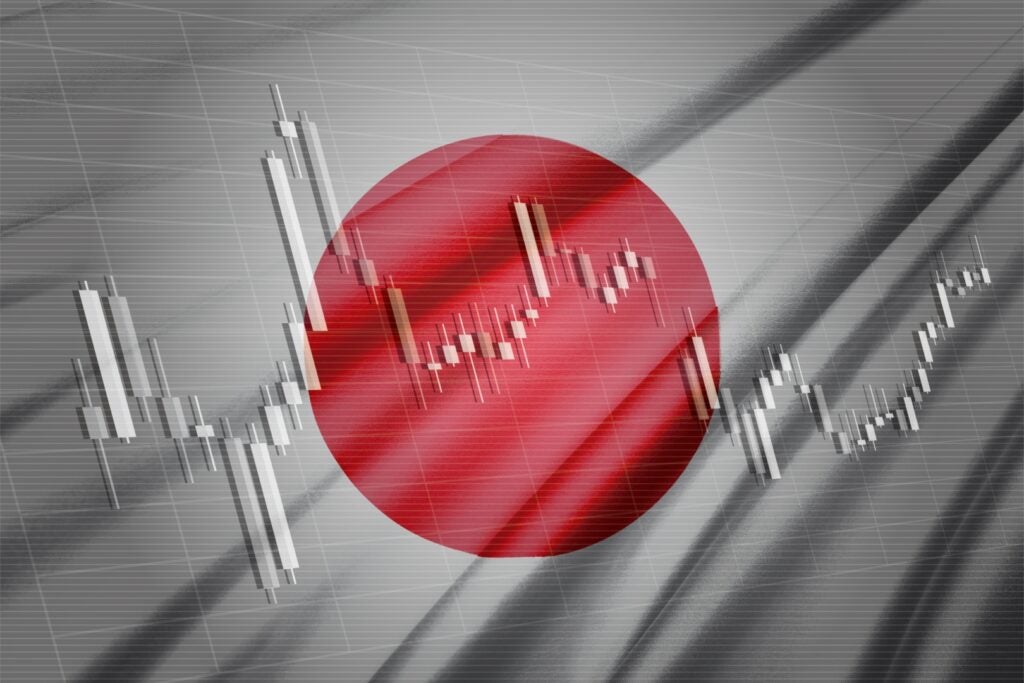Mohammed El Erian Says This Country Faces Japan-Style Economic Risk Even As Tokyo Rebounds

Another country now faces a significant risk of economic stagnation warned veteran economist Mohamed A. El-Erian, in an X post, as the the major economic power’s short-term bond yields plummeted to a two-decade low on Friday.
What Happened: The yield on one-year Chinese government debt sharply declined 17 basis points on Friday, settling at 0.85%, the lowest level observed in over 20 years since 2003. This followed a significant event earlier in the trading session when yields briefly dipped below the psychologically important 1% threshold.
El-Erian is the former CEO and co-CIO at Pimco and the current president of Queens College at Cambridge University. According to him, Japan is recovering from an “awful economic trap” while China moves toward “Japanification.”
Last month China’s long-term 30-year bond yields dipped below those of Japan. This development is interpreted by investors as a signal that the Chinese economy may be entering a phase of “Japanification,” characterized by sluggish economic growth and persistent low inflation.
See Also: Nike’s New CEO Blames Promotions For Declining Profits, Says Turnaround Efforts May Hurt As Company Moves To Clear Excess Inventory: ‘We Lost Our Obsession With Sport’
Why It Matters: Japanification refers to the economic phenomenon where a country experiences a prolonged period of sluggish economic growth, accompanied by low inflation, even when monetary policies are implemented to stimulate the economy. This situation often results in persistently low interest rates, as central banks struggle to combat deflationary pressures.
According to a note by former chief Japan economist at Goldman Sachs, Naohiko Baba, who is now with Barclays, “Concerns about Japanification have been rising recently in Europe and particularly in China, where the working-age population is projected to decline significantly. Interestingly, however, despite its demographic headwinds, Japan’s economy has still managed to grow, albeit modestly.”
China’s consumer price index increased by 0.2% year-on-year in November 2024, marking a slight slowdown from the previous month’s 0.3% increase and falling below the economists forecast. Meanwhile, China’s GDP growth for the first three quarters of 2024 reached approximately 4.8% year-on-year. As of December 2024, China’s key interest rates stood as follows: Loan Prime Rate (LPR) at 3.10% and above five-year LPR at 3.60%.
According to a paper by the global financial services firm State Street Global Advisors, “China fares better than 1990s Japan in certain aspects — such as higher policy autonomy, stricter capital control, and lower urbanization ratio — the nation has higher policy uncertainty, a more extreme property-sector boom, worse demographic progression, and a more challenging strategic relationship with the U.S.”
“Proactive and coordinated policy response on both monetary and fiscal fronts to boost the public expectations of future growth will be critical if China is to avoid Japanification. This proactive policy response needs to be coupled with more long-term structural reforms to combat demographic transition and property sector drag,” the paper added.
A Dec. 9 statement by the Chinese government said that it aims to implement proactive fiscal policies to stimulate economic growth. The government will maintain a moderately loose monetary policy to support economic activity, said the press release and it will utilize a combination of policy tools to effectively address economic challenges. The Chinese government also strives to actively encourage consumer spending to drive economic growth.
Read Next:
Market News and Data brought to you by Benzinga APIs
© 2024 Benzinga.com. Benzinga does not provide investment advice. All rights reserved.



